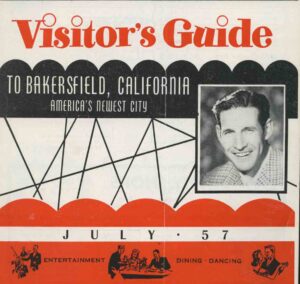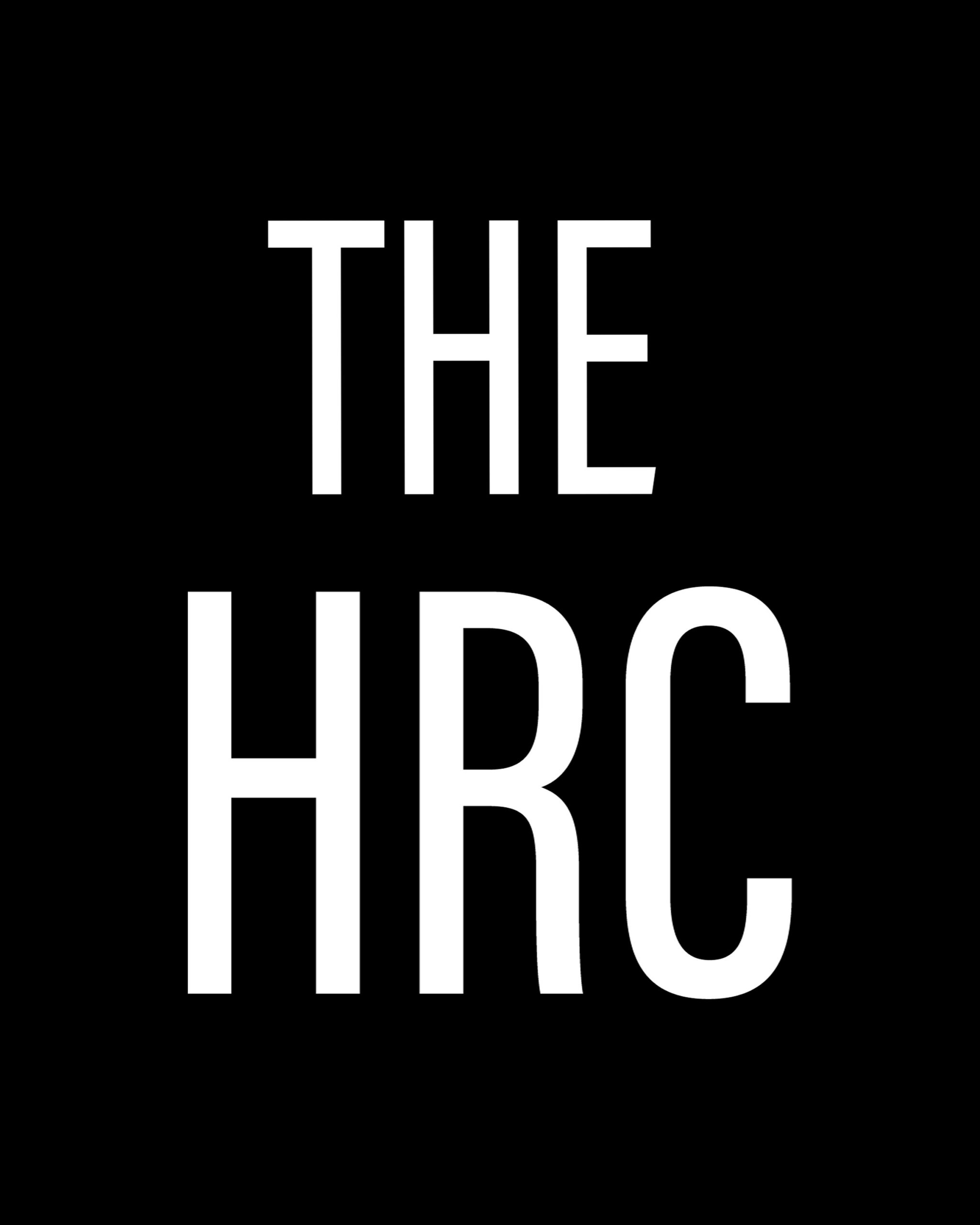America’s Newest Cities: Housing and “Red Lining” in California’s Central Valley

The Historical Research Center’s upcoming exhibit, titled America’s Newest Cities: Housing and “Red Lining” in California’s Central Valley, will discuss housing discrimination in Bakersfield and Kern County. The Gallery Group is currently made up of students, alumni, staff, and even a high school student intern! Our volunteers are tasked with researching BIPOC lived experiences in Bakersfield and Kern County from 1866 to the present. Other topics researched include local Indigenous histories, the local Chinatowns, the development of Oildale, and policing as it relates to race and housing. This semester, the HRC staff has been researching and uploading primary sources to our “Redlining in Bakersfield,” a companion website to the exhibit (https://hrc.csub.edu/housing-history/), which includes racially restrictive covenants, and information about suburbanization, Eminent Domain, and Buying on Contract.
Read about the exhibit
https://news.csub.edu/exploring-housing-discrimination-in-kern-county
Exhibit hours Monday-Thursday 8am-10pm, Fridays 8am-5pm, Saturdays 11am-5pm, and Sundays 11am-10pm
The exhibit will start October 2023 and run through the Spring 2024 semester.
Visit Virtual Exhibit
Learn about the Redlining Exhibit





